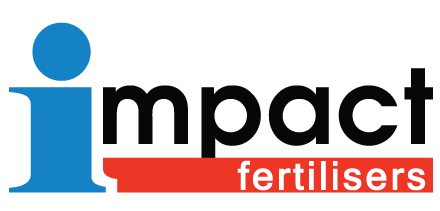Nutrient Management in Cotton
High-yielding cotton crops are reliant on having the ability to readily access water and nutrients supplied through a vigorous root system. Careful monitoring of nutrient availability is key to maximising your cotton potential.
What nutrients does cotton require the most?
Cotton absorbs nutrients throughout the growing season in proportion to its vegetative growth and boll load demands. Nutrient uptake in high-yielding crops can be significant. According to the Australian Soil Fertility Manual (Price, 2006), for each tonne of cotton produced, approximately 32 kg of nitrogen, 11 kg of phosphorus, 18 kg of potassium, and 2.7 kg of sulphur is removed from the soil.
Cotton has high requirements for nitrogen and potassium and removes significant amounts from the soil at harvest which should be replaced to avoid nutrients being depleted from the soil.
Nitrogen is required in larger quantities by cotton than any other nutrient. It is an essential component of amino acids, which form plant proteins. Similarly, potassium is needed in the second largest quantity after nitrogen. Potassium improves plant flowering and boll fill, as well as fruit initiation, drought resilience and cold tolerance. As a result, where potassium deficiencies are corrected an improvement in yield and quality is likely to be observed.
Phosphorus is also an essential nutrient and is especially crucial during planting, contributing to early root growth and overall plant vigour. It plays a central role in the conservation of energy and cell metabolism. Phosphorus deficiency can cause stunted plants and delayed flowering, boll set and maturity (CRDC, 2018).
Although zinc and sulphur are required in smaller quantities for early plant growth, they are still essential nutrients for plant growth and deficiencies may impact crop yield potential.
Zinc is the micronutrient most likely to be limiting in soils in Australian cotton regions. Zinc is an essential nutrient for cotton in small amounts and is involved in the production of chlorophyll and carbohydrates in cotton.
Why is Nutrient Management important in Cotton Production?
Nutrient management in cotton is important to replace nutrients removed from the soil at cotton harvest and maintain soil nutrient reserves and soil health. Impact Fertilisers offers a wide range of cotton fertilisers which can be prescription blended to match your specific crop nutrient requirements.
Find out more about our cotton fertiliser range here.
References
Australian Cotton Production Manual 2022, Cotton Research & Development Corporation. Available at: https://crdc.com.au/sites/default/files/pdf/CRDC%202022%20Grower%20Survey%20-%20Final%20Report.
Price, G., 2006. Australian soil fertility manual. 3rd ed. Melbourne: CSIRO Publishing, p.28.
Cotton Research and Development Corporation (2018), NutriPAK 2018, Cotton Info
